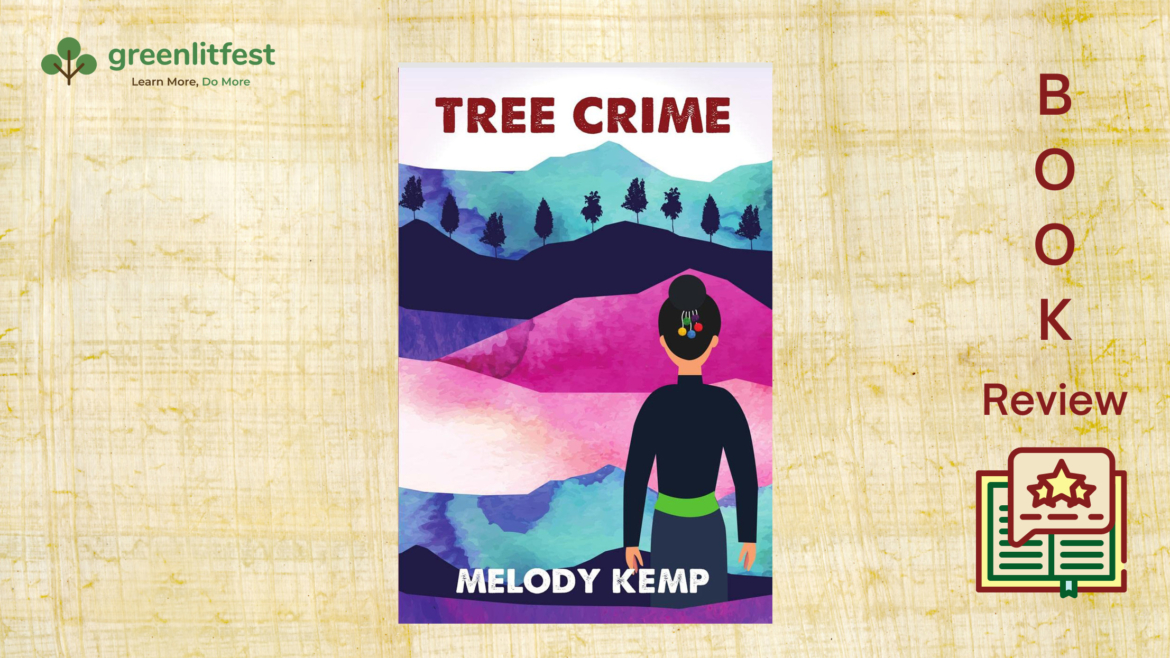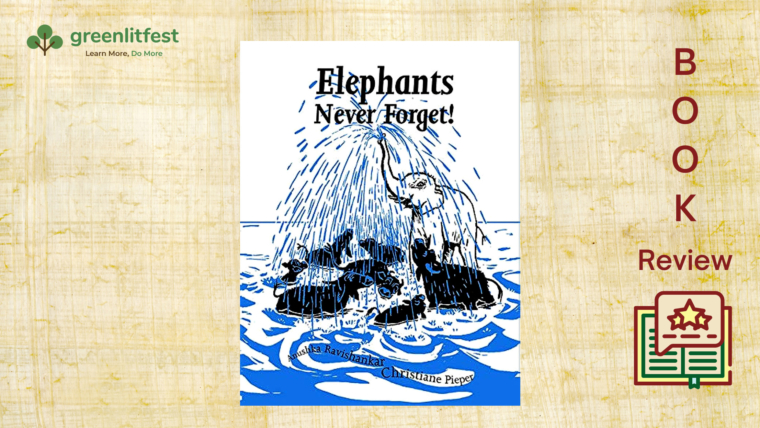Talking to trees is an ancient art that has somehow been lost in the debris of time and the din of development in the last century. Yet, there remain isolated examples of young people who continue to carry this strong sense of communication with living species beyond the human. Melody Kemp dedicates Tree Crime to one such person, Arun Xiong, a young girl living on the edge of a forest in Laos, who can talk to trees.
What begins as a somewhat uncomfortable personal revelation, morphs into a chilling adventure when the forest ranger is murdered and the trees hold clues to the mystery. The portrayal of the trees, the life they support and the crime they witness, are testimony to Kemp’s incredible understanding of her subject. As the introductory note from the editors says, the book is based on what she experienced and learnt during her 16 years as an environmental journalist.
Arun’s world is in deep peril. A virus is on the prowl because the wild frogs that control its spread have been eliminated. The uncovering of an illegal trade in wild frogs and the murder mystery, briefly halt the threat, but much more will need to be done to restore environmental harmony. After all, there are no easy solutions to the problems facing our planet.
With its references to environmental deterioration, disease and death, this is fiction for the times. Yet it’s not opportunistic. It doesn’t build a clumsy narrative that’s desperate in its quest for timeliness. Instead there’s a gentle pace that spends time painting an immersive portrait of the forest and the village on its edge, so the context to the cataclysmic turn of events is not lost on the reader. Nothing happens in a hurry.
In the initial pages, the author dwells upon the trees: ‘Trees are like apartment blocks. A variety of creatures, such as worms and beetles live in the basement among wildly-coloured fungi. On the floors above, snakes and lizards enjoy the freedom to move up and down the tree. On higher branches, birds flutter, making nests or just showing off their vocal skills. Orchids throw their gorgeous flowers out for the world to see, and animals such as monkeys and gibbons watch the world below. Every now and then a wild cat or civet will languish lazily on a branch, its paws swinging in space as it waits for dinner to wander by.’
She spends time introducing her protagonist, Arun who ‘considered hard work like weeding, planting rice, harvesting, growing vegetables, catching fish, and of course, the necessity to manufacture gossip to keep village boredom at bay, an important part of her life. Learning to do it was the best way to disguise her serious inner nature and cope with her occasional troubled dreams, so she made up silly stories to keep the elders laughing’ and the forest ranger, ‘Oh, I am a forest ranger,’ said the man fingering his embroidered badge. ‘It’s my job to enforce laws in National Parks and Protected Areas. It’s a really hard job, and,’ here his lips curled, ‘a bit dangerous as I am supposed to arrest poachers and loggers stealing from the reserves. What I really enjoy is when schools ask me to come and talk to the kids about the importance of our natural environment. If only people watched the forest as much as they watched TV …’ he trailed off with a bitter laugh.
This is fiction that uses compelling storytelling to drive home a universal need to respect nature against unprincipled and greedy exploitation.
Hari Haran Chandra is a pioneer in green buildings and leads many urban sustainability initiatives globally.




